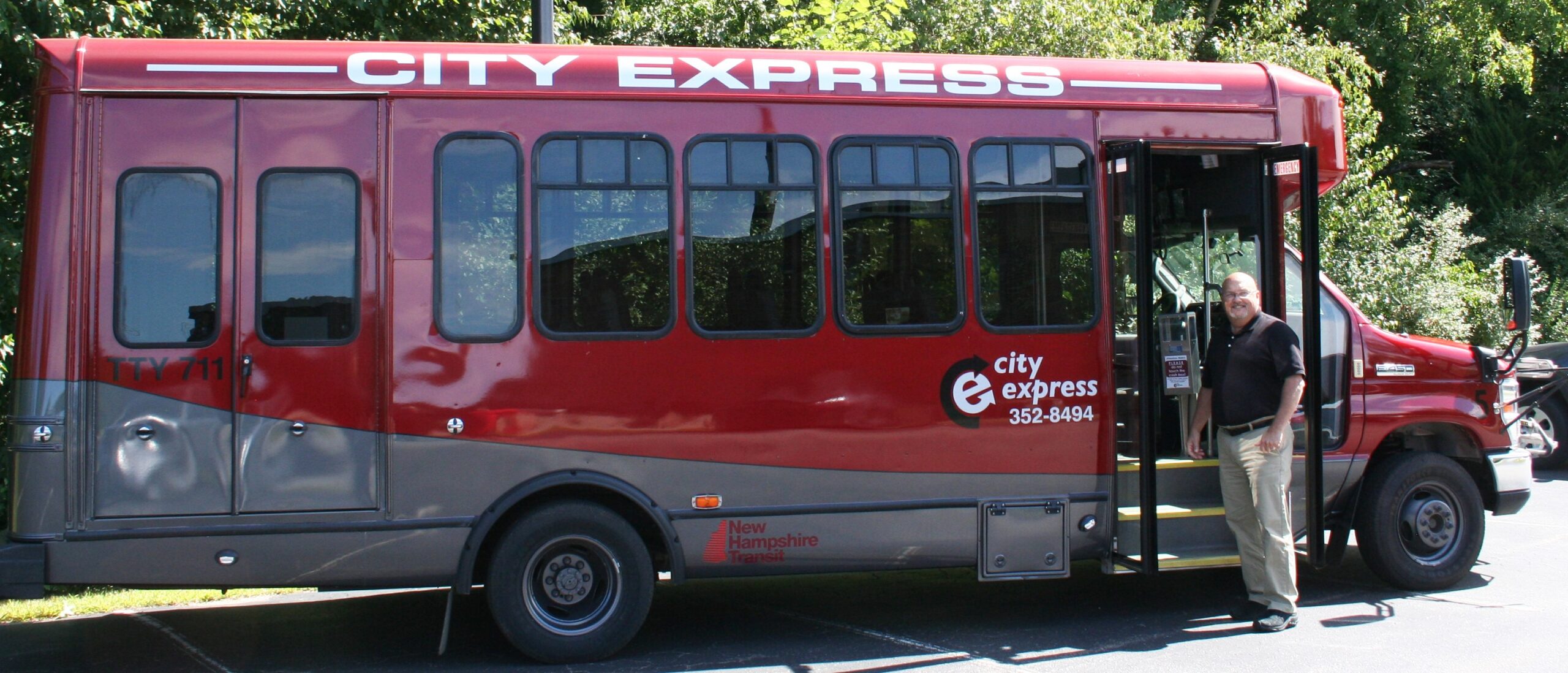
Public Transit Solutions Within the Monadnock Region
- February 24, 2023
- Transportation
As part of the Winter Commission meeting on February 14th, SWRPC shared a presentation on the Microtransit Feasibility and Fixed-Route Transit study, which was conducted with technical assistance from the transit consultant, Via. The purpose of the study was to examine opportunities to improve transit service in the City of Keene and surrounding communities. Based on guidance from stakeholders and the public, the Study focused on Keene and surrounding towns, the eastern Monadnock Region, and high-need areas such as the Town of Winchester.
The study began with a baseline assessment that identified areas of the Region where vulnerable populations live (e.g., households without vehicles, seniors, people with disabilities, people with a low income, etc.), key residential areas and trip destinations (e.g., housing developments, dense residential neighborhoods, supermarkets, job centers, etc.) and areas where public transit or shared ride services are already offered in the Region.
Currently Keene, Hinsdale and Walpole are the only municipalities in which a form of public transit service is offered. However, other towns do have access to volunteer driver services that target seniors and people with disabilities. While these services are absolutely essential and make an impact on the lives of the people that use them for shopping, medical appointments and other purposes, they are very limited in terms of their hours and days of operation, geographical coverage area, and sometimes their reliability. These existing services are also not likely to grow and be taken advantage of by a broader subset of the population that have expressed interest in “green” transportation options or in reducing their household transportation costs by reducing or abandoning their fleet of household cars.
In addition to public transit having a flexible schedule and coverage area, convenience is important to the majority of the population. In order to be competitive with the automobile, convenience is imperative. This means reducing as much as possible the less desirable aspects of public transit like bus wait times, trip times, and the distance that someone has to walk to and from a bus pick up or drop off area to their destination. To address these concerns, the Study examined an emerging transit model called “microtransit.”
Microtransit refers to a type of public transit that offers highly flexible routing and/or scheduling, generally with smaller vehicles, whereby trips are shared with other passengers going in a similar direction within a limited geographical zone. Microtransit providers build dynamic routes ad-hoc so as to match existing ride demand with available vehicles with the aim of extending the efficiency and accessibility of the transit service. Microtransit rides are typically scheduled using smartphones or through call centers. In smaller zones, they can operate on-demand, perhaps requiring up to a 15 minute wait. In larger zones, they are pre-booked. The following two sets of maps show various public transit scenarios that were assessed in the Study. The polygons represent zones that were considered for microtransit service, and the lines represent traditional bus routes. These zones and routes were developed based on feedback and recommendations from the general public and an advisory task force made up of key partner organizations (e.g. Cheshire Medical Center, Keene State College, Southwestern Community Services, Monadnock United Way, etc.) and communities in the region.


After simulating the various transit scenarios, the Study concluded that a microtransit service in the Greater Keene area (the urban parts of Keene, Swanzey, and Marlborough) would result in the best investment due to the density of the population, jobs, and other destinations. As a second tier of investments, the Study proposed making investments in microtransit or traditional bus routes that would serve places like Winchester, Swanzey, Peterborough and Jaffrey. The third-tier priority service identified in the Study was a bus route that connected Keene to Brattleboro, Vermont. All public transit services that were modeled recommended 7 day a week service, with a shorter schedule on weekends.
At the time of writing, SWRPC has applied for additional grant funding to examine operating models that could implement the priority scenarios recommended in the report. If successful, this new work would start during SWRPC’s 2024 fiscal year.
To learn more about each transit service scenario including its costs and projected ridership, you can read the Study’s full report at: https://www.swrpc.org/featured-projects/transit-and-shared-ride-improvement-feasibility-study/. For follow-up questions or requests for information, reach out to J.B. Mack of SWRPC staff at [email protected].



